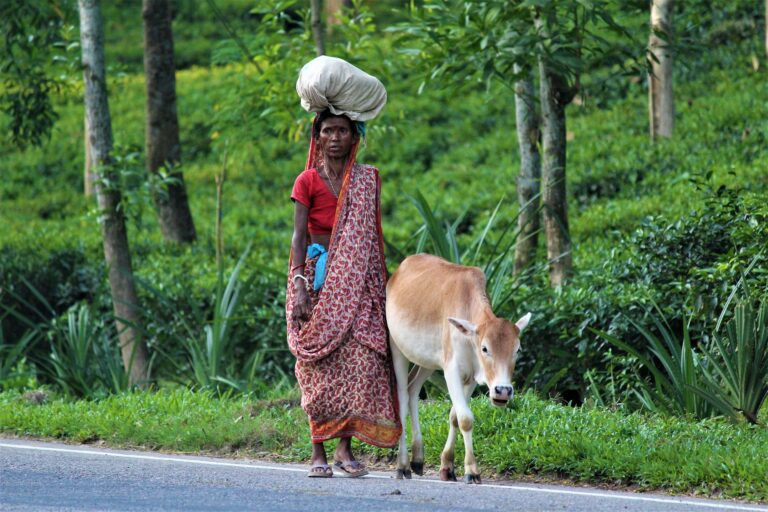About us
We believe that we can save life
Social Development
Help Each Other
Education Development
Community Buildup
Beani Bazar Society is the largest global charity and crowdfunding community in Michigan.
We are trusted by our clients and have a reputation for the best services in the field. Lorem ipsum is simply free text dolor sit amett consectetur adipiscing elit.
Beanibazar, situated in what was once the expansive Kamarupa Kingdom alongside North Bengal and Mymensingh, holds a rich historical tapestry dating back to ancient times. One of the remarkable relics from this era is the Nidhanpur copperplate inscription, a testament to the 7th-century land grant bestowed upon 200 Brahmins near the Kushiyara River by the esteemed King Bhaskaravarman.
During the medieval period, Beanibazar, encompassed within the historic Panchakhanda pargana, emerged as a significant territory. Initially sparsely inhabited, Panchakhanda evolved into a feudal monarchy under the leadership of Kalidas Pal and his descendants, who held the prestigious title of Raja. Notable landmarks from this epoch include the ruins of the Pal royal palace and an expansive reservoir, constructed by Varanasi Pal, Kalidas’s great-grandson, around the 7th century BS (circa 1200s CE). These remnants, still visible in Beanibazar today, stand as a testament to the Pals’ considerable efforts in developing and cultivating Panchakhanda, thereby attracting migrant groups such as the Mahimals, led by their respected Sardars Raghai and Basai, who established a lasting presence in the region.
Following the Conquest of Sylhet in 1303, Beanibazar witnessed a significant cultural and religious transformation with the arrival of Khwaja Adina Sufi, a devoted disciple of Shah Jalal, who migrated to what is now Adinabad in Charkhai, within the Beanibazar vicinity. Here, Khwaja Adina Sufi disseminated the teachings of Islam among the local populace, leaving an enduring impact on the religious landscape of the region. Subsequently, during the reign of Ramjivan Pal, three generations after Varanasi Pal, Panchakhanda fell under the suzerainty of the Sultan of Bengal, marking a pivotal moment in its political trajectory. Notably, Pratapchandra Pal, a scion of the Pal dynasty, embraced Islam and established the Muslim branch of the Pal dynasty in the Baghprachanda Khan mouza, further enriching the cultural diversity of Beanibazar.


Our Mission
The name “Beanibazar” itself derives from the vibrant Bihani Bazaar (“Morning Market”), a bustling hub of commerce and social interaction founded by the esteemed local landowner Krishna Kishore Pal Chowdhury. This marketplace, steeped in tradition and heritage, has been an integral part of Beanibazar’s identity for generations.
In a serendipitous turn of events on 29 December 1912, the village of Nidhanpur became the focal point of historical rediscovery when a diligent cultivator stumbled upon what he believed to be a clue to a hidden treasure while constructing his buffalo shed. This discovery led to the unearthing of the Nidhanpur copperplate inscriptions, which were brought to the attention of authorities in Silchar, thus reigniting scholarly interest in the region’s rich historical legacy.
In the annals of administrative history, Beanibazar’s significance is underscored by its transformation into an upazila in 1983, marking a milestone in its journey towards self-governance. The region’s historical significance is further underscored by the unearthing of coins belonging to Sultan Nasiruddin Ibrahim Shah in the 1990s, shedding new light on the area’s economic and political ties during the Bengal Sultanate era.
Moreover, Beanibazar has remained a focal point for social and healthcare initiatives, with the establishment of institutions such as the Beanibazar Sporting Club and Beanibazar Cancer & General Hospital in 2009. These endeavors reflect the community’s commitment to promoting well-being and progress within the region.
In conclusion, Beanibazar stands as a testament to the enduring legacy of its illustrious past, from its ancient ties to the Kamarupa Kingdom to its medieval feudal monarchy under the Pal dynasty, and its subsequent cultural and religious transformations. As it continues to evolve and thrive, Beanibazar remains a vibrant tapestry of history, culture, and progress, preserving its heritage while embracing the promise of a brighter future.


